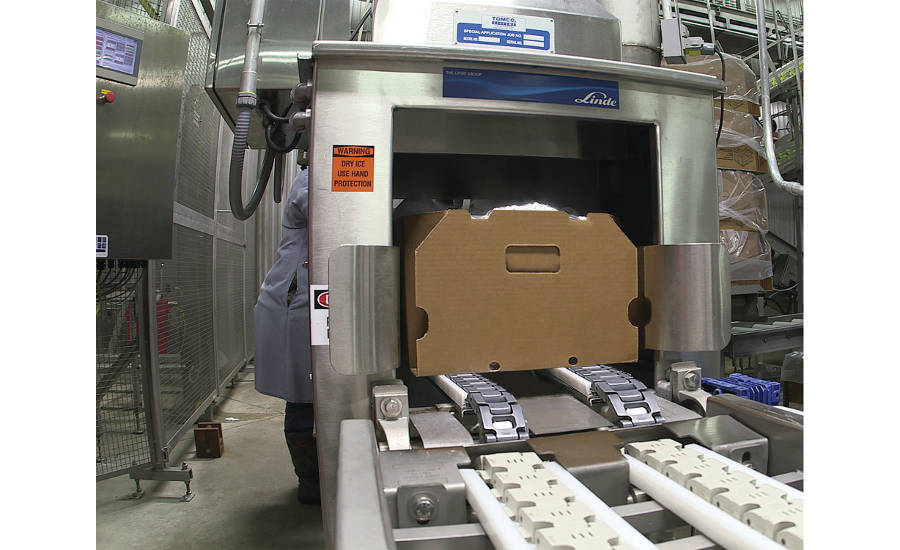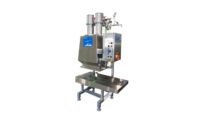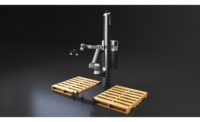In the fresh-poultry processing industry, it pays to assess quality and safety, especially when demand jumps. For Koch Foods, winning a major contract with a national quick-service restaurant presented an opportunity to improve production, chilling quality and safety at its Gadsden, Ala., plant.
As one of the largest poultry producers in the U.S., Koch Foods prides itself on providing quality products and service to national restaurants, quick-service chains and major supermarkets.
Quickly lowering product temperature is a key requirement in pack off, but highly consistent chilling is more difficult when manually loading carbon dioxide (CO2) pellets into boxes. Too little dry ice can cause spoilage; too much wastes CO2 and could freeze product. Either extreme can create uneven product temperatures. Managing and moving pellets requires time and labor and can pose safety issues, including motion injuries.
Roger Witt, Gadsden plant maintenance manager, says many workstations must still shovel dry ice from totes, but the plant will automate chilling if production requirements and space allow. “With new demand, the problem is not really in getting products to cool, but in getting products to cool quickly enough [to less than 40 degrees F] within a specified time,” he says.
Witt was already familiar with the latest on-demand CO2 snow generation systems when he contacted the food team from Linde. “I knew we had positive results with their automated box chiller system at our fresh poultry plant in Forest, Miss. We wanted to replicate this technology for our new Gadsden production lines.”
On-site testing confirmed equilibration time and temperature goals could be met. With the push of a button, the new Linde CO2 snow hoods deliver CO2 snow into open, plastic-lined boxes pre-filled with 40 pounds of fresh poultry. Boxes move along a conveyor into the chiller and are filled in seconds with a metered amount of CO2 snow.
The Linde food team optimized each line, paying close attention to conveyor speed and fill rates for consistent chilling and high process repeatability. Systems were installed on four new bone-in cut poultry production lines and two existing lines in three stages between May and July 2015. The weekend installations posed minimal disruption for the plant’s typical double-shift, five-day-per-week schedule. “Between a Friday and a Monday, Linde converted our CO2 chilling lines from manual to automated,” Witt says.
The automated system is much safer and more efficient than manually scooping pellets.
With a 3x5-foot footprint, the on-demand CO2 snow generation system can fit into many existing conveyor lines. Installation includes CO2 supply, snow hoods with integral control panel and exhaust system, as well as technical support and training. Liquid CO2 from Linde is stored at the Gadsden plant in 50-ton storage tanks and conveyed through insulated piping at low pressure. The chiller is shrouded on both sides of the conveyor, and the overhead venting system blows CO2 gases directly outside for plant safety.
Once matched to speed and product parameters, the system typically requires only routine maintenance for smooth operation. NP
Contact Linde (www.lindefood.com) at 800-755-9277 for more information.







